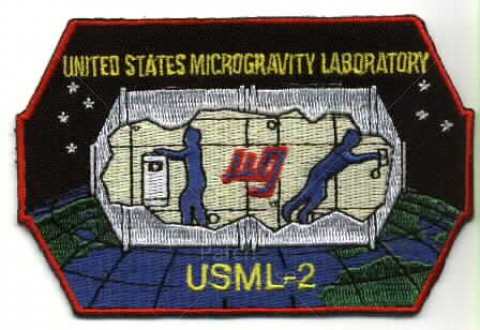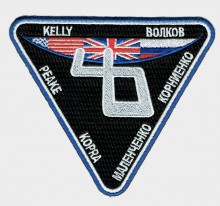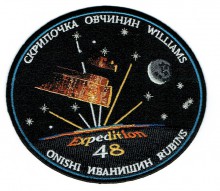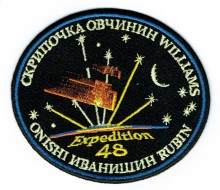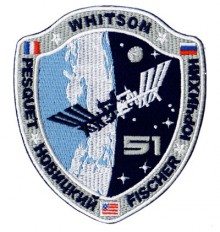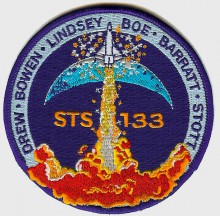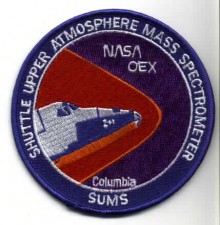The second United States Microgravity Laboratory (USML-2) Spacelab mission was the prime payload on STS-73. The 16-day flight continued a cooperative effort of the U.S. government, universities and industry to push back the frontiers of science and technology in "microgravity", the near-weightless environment of space.
Some of the experiments carried on the USML-2 payload were suggested by the results of the first USML mission that flew aboard Columbia in 1992 during STS-50. The USML-1 mission provided new insights into theoretical models of fluid physics, the role of gravity in combustion and flame spreading, and how gravity affects the formation of semiconductor crystals. Data collected from several protein crystals grown on USML-1 enabled scientists to determine the molecular structures of those proteins.
- Log in to post comments

